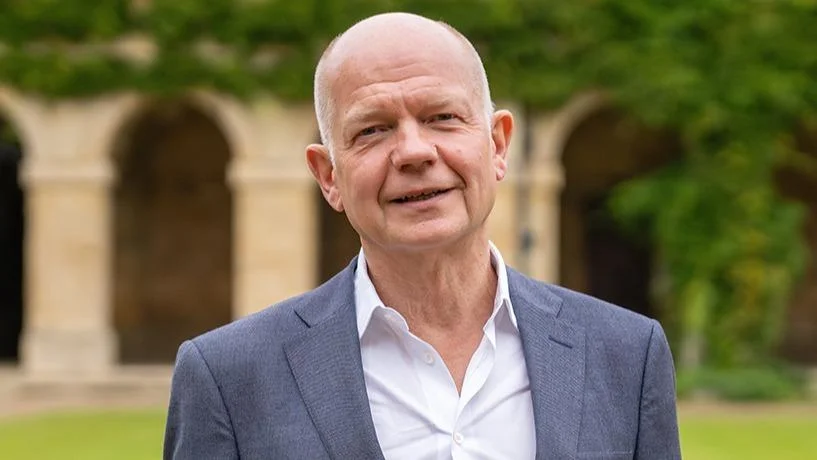Researchers from the University of Oxford have developed a novel method for extracting and identifying proteins from ancient soft tissues, offering new insights into human history. The team, led by postgraduate researcher Alexandra Morton-Hayward, focused on archaeological human brain samples to demonstrate the technique's effectiveness.
Morton-Hayward explained that preserved soft tissues such as brains and muscles could provide unique historical insights but have been largely inaccessible due to the lack of established analysis protocols. "Our method changes that," she stated.
A significant challenge in this research was disrupting cell membranes to release proteins. After testing various strategies on 200-year-old human brains from a Victorian workhouse cemetery, researchers found that urea effectively broke open cells to liberate proteins.
The extracted proteins were separated using liquid chromatography and identified through mass spectrometry. By combining these steps with high-field asymmetric-waveform ion mobility spectrometry, the team increased protein identification by up to 40%. This combination makes it possible to analyze complex or degraded samples more efficiently.
Morton-Hayward likened the process to sorting Lego pieces: "It all comes down to separation: by adding additional steps, you are more likely to confidently identify molecules of interest."
The research identified over 1,200 ancient proteins from just 2.5 mg of sample—the largest and most diverse palaeoproteome reported from any archaeological material. Proteins are considered ideal for understanding past lives since they last longer than DNA in the archaeological record.
At the Centre for Medicines Discovery at Oxford, researchers found a range of proteins linked to healthy brain function and potential biomarkers for neurological diseases like Alzheimer's and multiple sclerosis. Morton-Hayward noted that many diseases leave no bone marks; thus, this technique provides new perspectives on human history: "This new technique opens a window on human history we haven’t looked through before."
Senior author Professor Roman Fischer highlighted that less than 10% of human proteins are expressed in bones compared to around 75% in internal organs. This method promises expanded knowledge about ancient diets, diseases, environments, and evolutionary relationships.
Dr Christiana Scheib from Cambridge University praised the study's design and its contribution toward obtaining information from rarely preserved ancient soft tissues: "This type of fundamental experimental work is crucial for the field to move forward."
The study titled 'Deep palaeoproteomic profiling of archaeological human brains' has been published in PLOS One.

